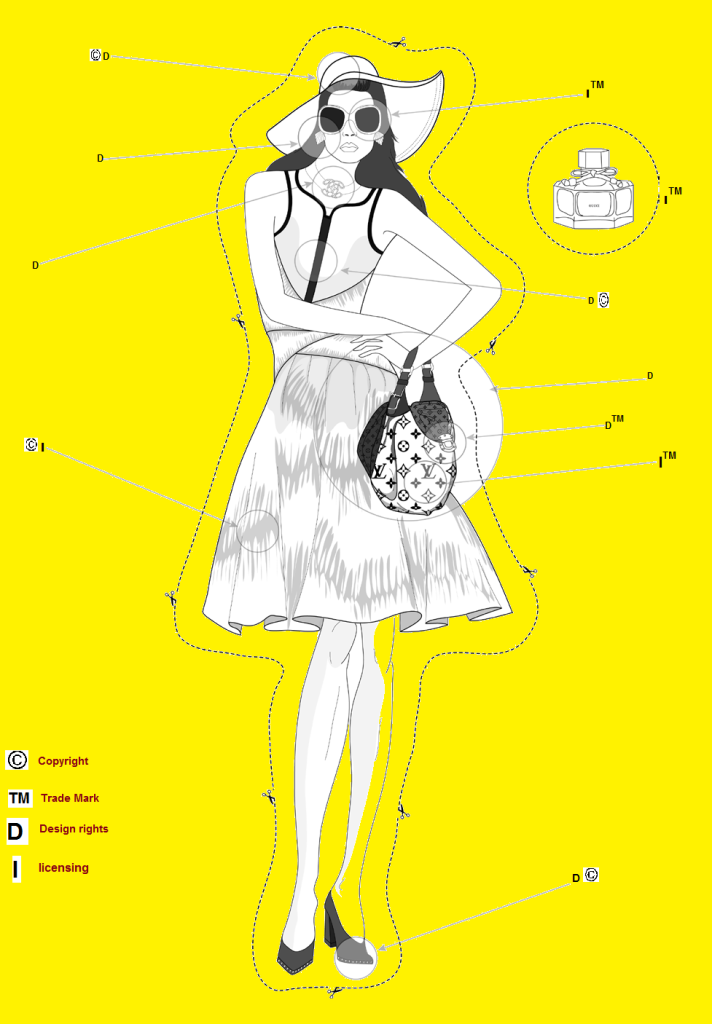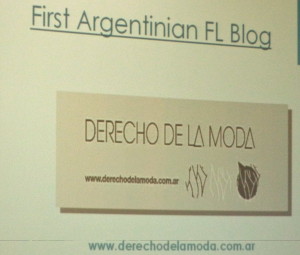Each year, Fordham Law School’s Fashion Law Institute puts on their annual fashion law symposium. This year there was 6 highly engaging topics. With so much to say about each one, my symposium posts will be in 3 parts. So this is Part 1, enjoy!
First up was the topic – Purchasing Power: Mergers & Acquisitions and Fashion Investment. The panelists for this discussion were as follows –
- Doug Hand of Hand Baldachin & Amburgey LLP
- Stan Sherwood of Sherwood Associates
- Yolanda Wardowski of Avalon Securities, Ltd.
- Gary A. Wassner of Hildun Corp. & Interluxe Holdings LLC
- Moderator: Brien Wassner of Jones Day
I was not present at this particular panel, but the goal was to discuss investment opportunities as related to the fashion industry. Important questions for this topic area were — “How has the market for fashion houses changed in half a decade?”; “What are the factors to consider in acquiring or investing in a fashion company?”; And from the designer perspective or that of an independent label, what are the pros and cons of working with an investor, how do you identify the ideal suitor, and when is the timing right? I’m positive this was a riveting discussion and it presents many legal and business issues that designers and brands must consider.
Next up, a very enlightening panel discussion, Power Centers: Battling Across Jurisdictions in World War IP. The panelists were as follows –
- Vince Castiglione of VF Corporation
- Pamela Echeverria for Fashion Law of Argentina Foundation
- Roxanne Elings of Davis Wright Tremaine LLP
- Michelle Marsh of Kenyon & Kenyon LLP
- Moderator: Ewa Abrams from Tiffany & Co.
So as we know, a great deal of effort has been made in standardizing IP protection in a global sense, harmonizing the formalities. However, it is still very much a reality that rights holders are making the same claims against the same or similar defendants when it comes to IP protections, and they are getting different results in different jurisdictions. A few examples of this –
- Gucci winning against Guess in the U.S., but losing in their home territory of Italy
- The Chinese government and its adverse administrative action against Burberry’s widely protected signature tartan
- Christian Louboutin’s country by country campaign to save their red sole from copyists
All in all, what we are left with is unpredictable IP laws, especially in the areas of trademark protection. The global shopping market is ever-present and highly accessible. So how do fashion companies and their counsel view this power struggle, and what strategic maneuvers are most effective?
Vince Castiglione began this discussion, going over the overlap of IP & technology. He specifically looked at patents, the different approaches and how the rise of technology has impacted patent laws. With the industry of fashion becoming very tech-driven, more and more brands, designers, and companies are weighing these varying costs of utility and design patents against the time to market. The ultimate goal being to protect the underlying technology. So more and more attorneys are now working very closely with the design teams to streamline this process. When looking at this in an international context, there are some major differences to remember. For various IP protections, unlike here in the U.S., the right holder is protected as first to file, not first to use. Internationally, you have to make sure any public disclosure will not have barred one from achieving trademark or patent protection.
Roxanne Elings went on to discuss the internet and the ongoing issues this presents, especially counterfeiting. Sites are popping up all the time and with a lack of IP respect in a global sense, to just the sheer amount of these sites, brands and designers are often stumped as to their options. It’s now more important than ever to make sure you are aware of the laws here in the U.S., but also the protections available to your business abroad. At this point, where a one, fully effective law is not an option, you have to make what’s existing, law-wise that is, work, whether that’s here in the U.S. or abroad say in France. Just being aware and know the protective scope are already steps in the right direction.
Michelle Marsh continued on with IP protections, what sorts of options and programs are available. You have to look at the protections again not just based on the U.S., but if your plan is to sell globally, you have to include international protections in your budget. It’s a game of risk since there is no universal trademark application or the like. Strategic plans have to be implemented on what sorts of protection would work best for you and then where you want to have those protections. Of course after time, you re-visit these plans and make appropriate changes if need be. When looking at the global marketplace, looking at where you want to gain the most protection, you likely will consider hot spots, where you are selling, where you might end up at in the future. Another point to keep in mind in the trademark realm, is when it comes to your mark, what is available in the U.S. might not be available elsewhere, so make sure to give yourself options — think differentiation.
The discussion came to a close with Pamela Echeverria discussing the specifics of IP law in Argentina. Pamela is a major player in the context of fashion law in this county. She developed the first fashion law blog and she has taken a part in publishing of the first fashion law textbook.



















